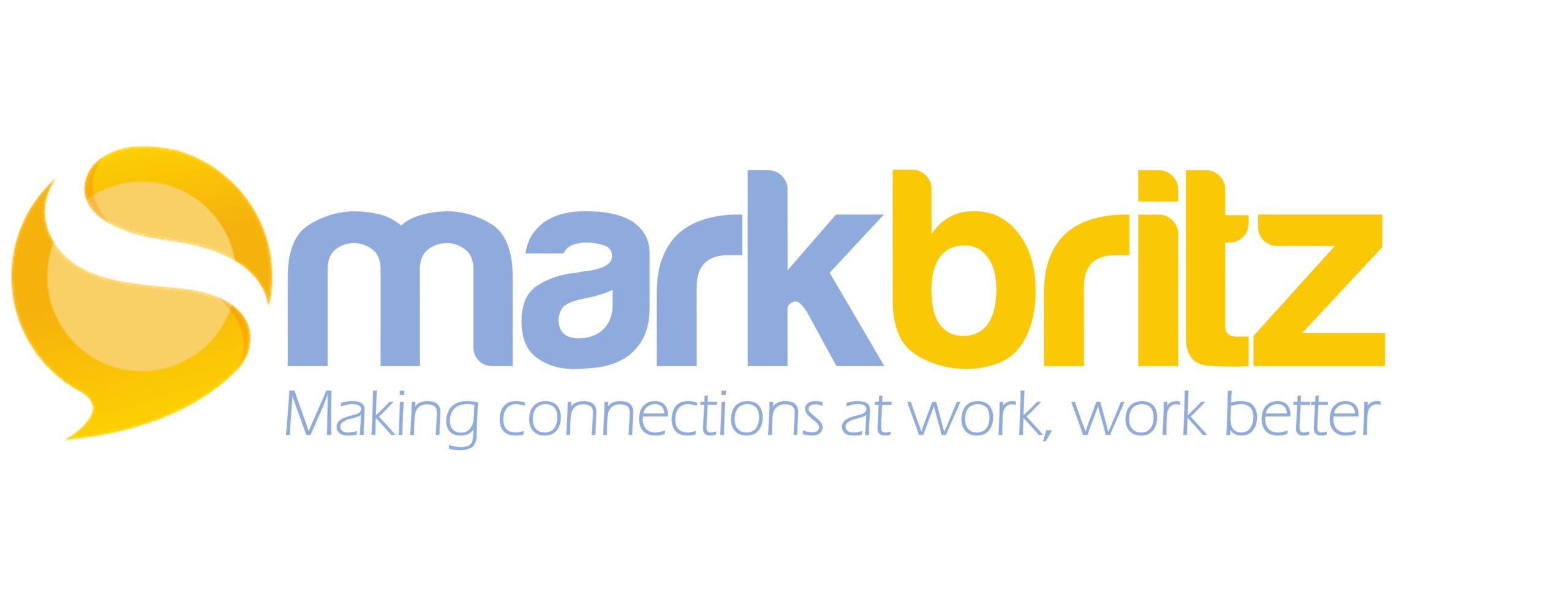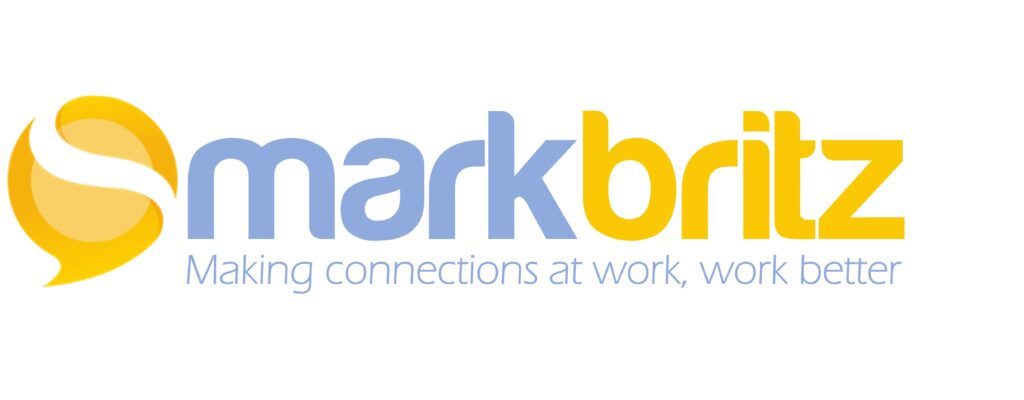In my work on Social By Design, I argue that organizations must intentionally create environments that enhance, not disrupt, social connections. Much of this I have drawn on the disciplines of organizational design, learning, observation, lived experience and experimentation (i.e. doing the work) but when scientific research around social behavior appears, I’m always intrigued!
This article from Science.org titled, Information sharing within a social network is key to behavioral flexibility. In it, a study showed that the way mice learn and behave depends on their social network. If something messes up how their brains process social information, like disrupting a part of the brain called the Prelimbic Cortex, it can break these networks and make it harder for them to learn from each other.
So what can disrupt the Prelimbic Cortex? In the experiment it was chemically and electronically induced in the mice but interestingly disruption can happen naturally. Causes are chronic stress, repetitive, rigid behaviors like repeatedly following strict routines without variation, overexposure to negative reinforcement, and a lack of social interaction.
Disrupting neuronal plasticity in the Prelimbic Cortex prevents the usual reshaping of social networks induced by social cues, leaving the group unable to adapt effectively to changes in the environment.
Similarly, in organizations, if we have systems that disrupt communication pathways it will lead to stagnation, a loss of adaptability, and it could be argued that ultimately it reduces engagement.
This research reinforces the idea that fostering resilient, adaptable social networks requires deliberate design choices in systems, structures, and culture.
Here’s how being more social by design addresses the challenges of a disrupted “Prelimbic Cortex” in organizations:
- Reduce Stress with Clear Roles and Autonomy
Stress comes from unclear expectations or too much control from above. Give employees clear responsibilities and the freedom to make decisions. This builds trust and helps people focus better on their work and relationships. - Improve Information Flow Across Teams
Remove barriers that block communication between teams. Use tools like social networks or collaborative platforms to ensure the right information reaches the right people quickly. - Encourage Spontaneous Learning and Growth
People learn and connect better in informal settings. Create spaces and opportunities for unplanned conversations and collaborations to help teams share ideas and solve problems naturally. - Fix Broken Communication Networks
Poor connections can lead to inefficiency and disengagement. Regularly check how well people and teams are connected and fix gaps by improving communication systems or team setups. - Lead with Openness and Transparency
When leaders share decisions openly and invite input, it builds trust and engagement. Be a role model for collaboration by staying active and visible in your organization’s networks. - Design Systems That Support Teamwork
Make sure tools and processes make it easy for people to work together. Focus on systems that encourage sharing ideas and solving problems as a group. - Stay Flexible to Handle Change
Avoid rigid systems that can’t adapt. Build flexibility into how decisions are made, how people learn, and how teams work so your organization stays resilient in changing times.
A Warning and an Opportunity
The mice in the study remind us that social networks are delicate yet powerful. They are shaped by stress, systems, and environments, and when disrupted, the consequences can be severe. For organizations, the challenge is clear: to design systems that enhance behavioral flexibility, encourage social learning, and enable adaptation.
Leaders who embrace Social By Design principles can create organizations that not only survive but thrive in today’s complex, ever-changing landscape. Just as the Prelimbic Cortex allows for behavioral flexibility in mice, intentional design allows for flexibility, innovation, and resilience in organizations.
Employee social structures should not be seen as just a byproduct of work but rather as a core driver of work success.

